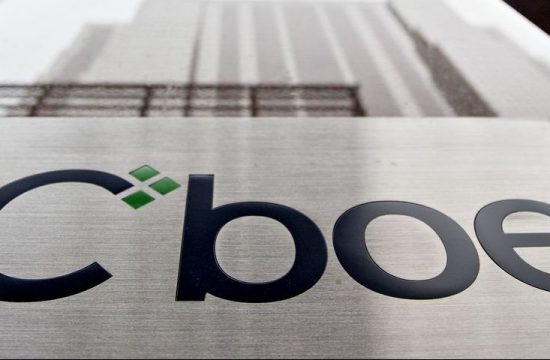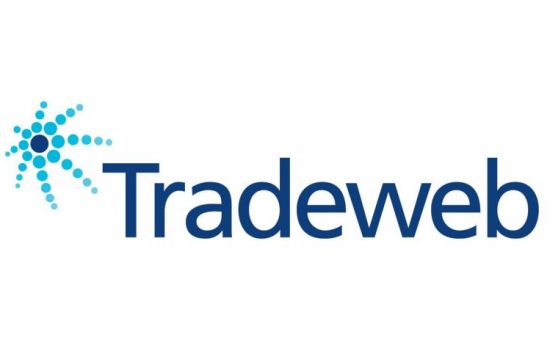A BNY Mellon report found that the trade finance gap remains a significant issue for global trade, affecting development and investment flows and financial inclusion.
The report, “Overcoming the Trade Finance Gap: Root Causes and Remedies”, was conducted between April 2018 and January 2019 with 100 global, regional, and domestic banks, specialist trade providers and other market participants responding to its survey.

Joon Kim, Head of Global Trade Product and Portfolio Management, BNY Mellon Treasury Services, said: “Our survey has shown that a significant proportion of institutions are increasingly unable to provide trade finance due to heightened regulatory requirements as well as several other trends. This could have serious implications such as potentially widening the trade finance gap, compounding the lack of access to finance already being experienced by many businesses in emerging markets, and impacting the strength of global trade.”

Paul Camp, Chief Executive Officer, BNY Mellon Treasury Services, added:”Addressing the trade finance gap is a priority for the industry, and it is important that we work together to find the solutions that will be most effective in achieving this. There are efforts underway, but more work is required to ensure significant progress is made. We hope our survey will serve as a catalyst for driving further industry discussion and help to identify the areas of focus that will allow us to make tangible steps towards improving financial inclusion – and closing the gap.”












